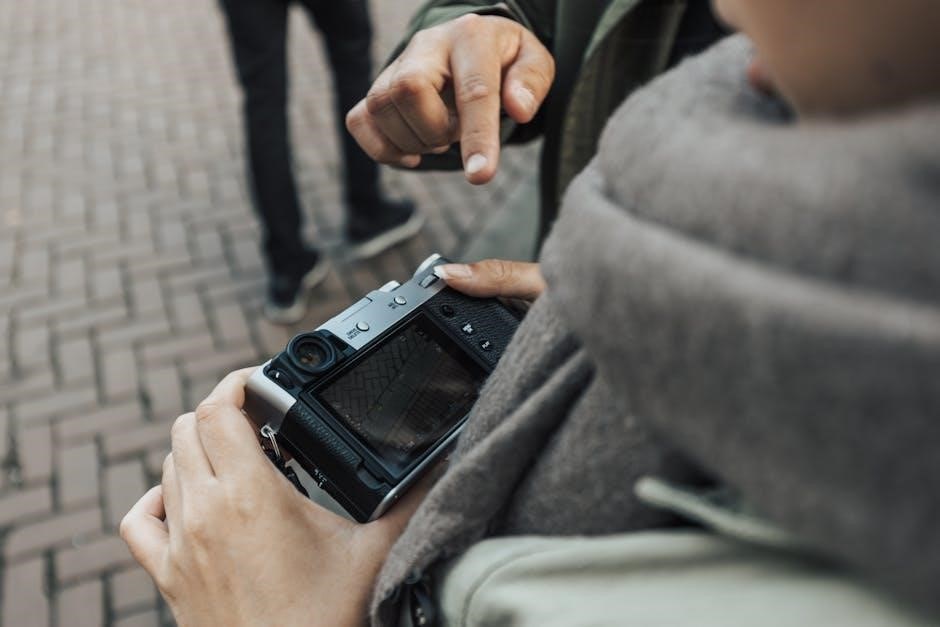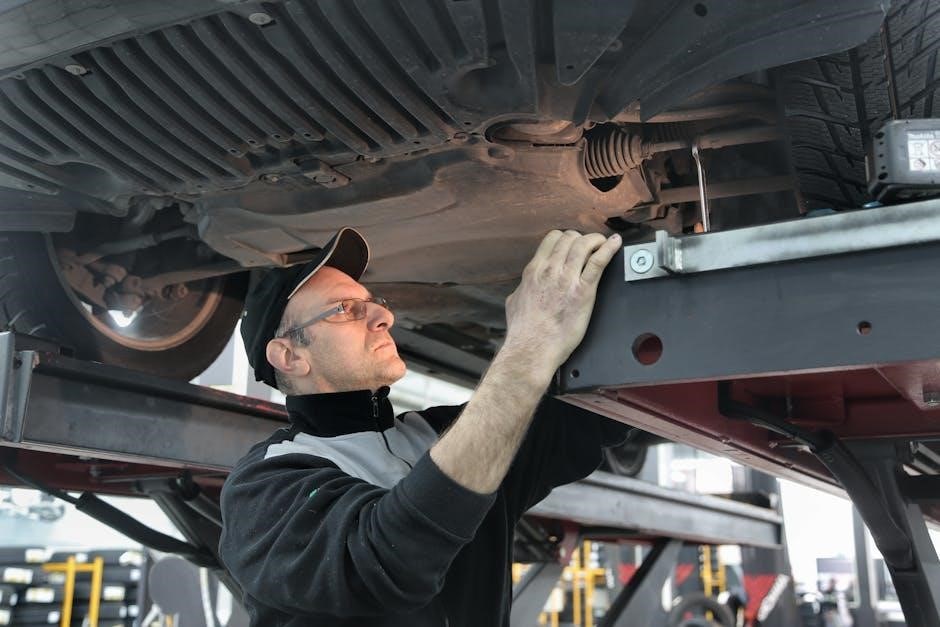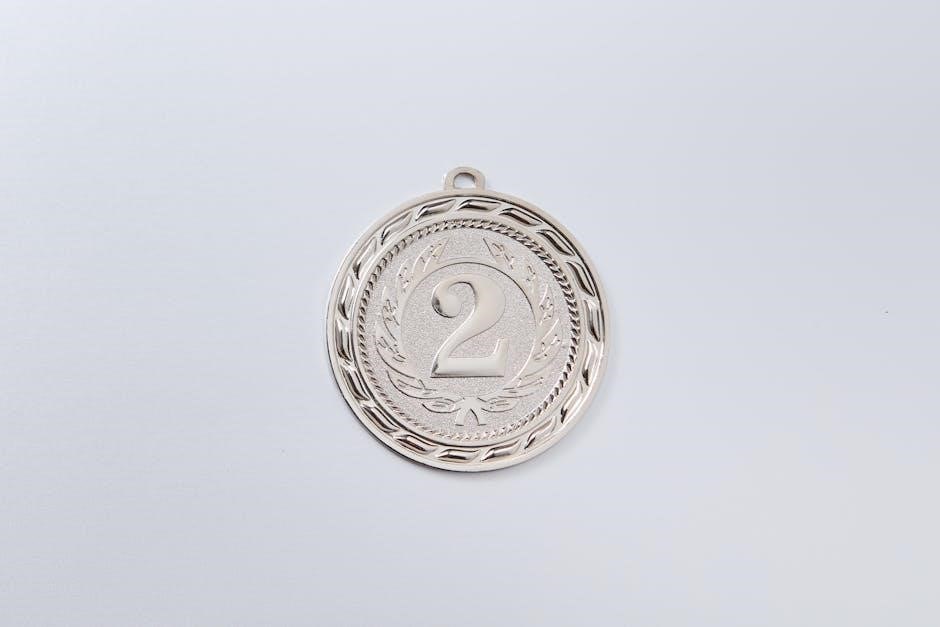Welcome! This manual provides comprehensive guidance on using your Lillebaby carrier. Please read it carefully before use to ensure safe and comfortable babywearing. Keep these instructions for future reference and troubleshooting any issues.
Lillebaby carriers are designed to provide a comfortable and secure way to carry your baby or toddler. Known for their ergonomic design and versatility‚ Lillebaby carriers offer multiple carrying positions to suit different ages and developmental stages. These carriers aim to distribute weight evenly‚ reducing strain on the wearer’s back and shoulders‚ and offering a comfortable experience for both parent and child. Lillebaby focuses on creating products that promote bonding and convenience‚ allowing parents to keep their little ones close while staying active.
The carriers are crafted with high-quality materials and adjustable features‚ ensuring a customized fit for various body types. Lillebaby also emphasizes safety‚ incorporating secure buckles and straps to keep your child safe and secure. With attention to detail and a commitment to innovation‚ Lillebaby carriers stand out as a reliable choice for modern parents seeking a comfortable and supportive babywearing solution. Exploring the range of Lillebaby carriers can provide an optimal carrying experience as your little one grows.

Key Features and Components
Lillebaby carriers boast adjustable straps‚ lumbar support‚ and convertible seat positions. These features ensure comfort and safety for both the wearer and the child. Understanding these components is crucial for optimal use.
Adjustable Straps and Buckles
Lillebaby carriers feature multiple adjustable straps designed for a customized and secure fit. These straps‚ located at the shoulders‚ waist‚ and chest‚ allow users to modify the carrier’s position for optimal weight distribution and comfort. Proper adjustment ensures the baby is held snugly and safely against the wearer’s body‚ preventing strain and promoting healthy posture.
The buckles are engineered for ease of use and durability. They are designed with a secure locking mechanism that prevents accidental release while providing quick and convenient access for adjustments. Before each use‚ it’s essential to inspect all straps and buckles to ensure they are in good working condition and properly fastened. This proactive approach minimizes the risk of slippage or detachment‚ ensuring a safe and secure babywearing experience.
Adjusting the straps and buckles correctly is vital for both the baby’s comfort and the wearer’s well-being. Experiment with different adjustments to find the most comfortable and supportive fit for your body type and your baby’s size. Always prioritize safety and ensure the baby is properly supported before engaging in any activities while using the carrier.
Lumbar Support
Lillebaby carriers are thoughtfully designed with integrated lumbar support to enhance the wearer’s comfort and reduce strain during extended periods of babywearing. This crucial feature helps distribute the baby’s weight evenly across the wearer’s back‚ preventing lower back pain and promoting proper posture. The lumbar support is strategically positioned to provide optimal reinforcement to the lower back region‚ alleviating pressure and minimizing discomfort.
Utilizing the lumbar support effectively involves ensuring it is correctly positioned and adjusted. The support should sit snugly against the lower back‚ providing firm yet comfortable pressure. Adjust the carrier’s straps to fine-tune the lumbar support’s placement‚ ensuring it aligns with the natural curve of your spine. This personalized adjustment maximizes the benefits of the lumbar support‚ enhancing overall comfort and reducing the risk of back pain.
Consistent use of the lumbar support is essential for maintaining good posture and minimizing strain‚ especially during prolonged babywearing sessions. By properly engaging the lumbar support‚ wearers can enjoy the closeness and convenience of babywearing without compromising their physical well-being. Always prioritize proper fit and adjustment to reap the full benefits of this supportive feature.
Head and Neck Support
Lillebaby carriers prioritize your baby’s safety and comfort with adjustable head and neck support. This feature is vital for newborns and infants who lack full head control. The support gently cradles your baby’s head‚ preventing it from flopping or slumping‚ ensuring proper alignment and preventing strain. As your baby grows and gains head control‚ the support can be adjusted or folded down;
To use the head and neck support‚ ensure it is properly positioned around your baby’s head and neck. For newborns‚ the support should be fully extended to provide maximum support. As your baby gains strength‚ you can gradually lower the support or fold it down completely. Check that the support doesn’t obstruct your baby’s breathing or vision. The hood provides extra support and shelters from the sun and wind.
Regularly inspect the head and neck support for wear and tear. Ensure it is securely attached to the carrier and free from any damage. Proper use of the head and neck support is crucial for your baby’s safety and comfort‚ especially during the early months. Always supervise your baby while in the carrier and adjust the support as needed to ensure a secure and comfortable fit.
Convertible Seat Positions
Lillebaby carriers offer convertible seat positions to adapt to your baby’s growth and developmental stages. These positions include narrow seat and wide seat settings. The narrow seat is ideal for newborns and smaller infants‚ providing optimal hip and leg positioning. As your baby grows‚ the wide seat offers better support for their thighs and hips‚ promoting healthy development. The award-winning Complete design grows with your child‚ ensuring the right support.
Switching between seat positions is simple. Refer to your carrier’s instruction manual for specific steps. Typically‚ it involves adjusting snaps or buckles to change the seat width. Ensure the seat is securely locked in the desired position before placing your baby in the carrier. Always check that your baby’s legs are in the correct “M” position‚ with their knees higher than their bottom‚ promoting healthy hip development.
Using the appropriate seat position is crucial for your baby’s comfort and safety. Improper positioning can lead to discomfort or even hip dysplasia. Regularly assess your baby’s size and development to determine the best seat position. If you’re unsure‚ consult with a babywearing expert or healthcare professional. The convertible seat positions ensure that your Lillebaby carrier provides optimal support and comfort for your baby at every stage.
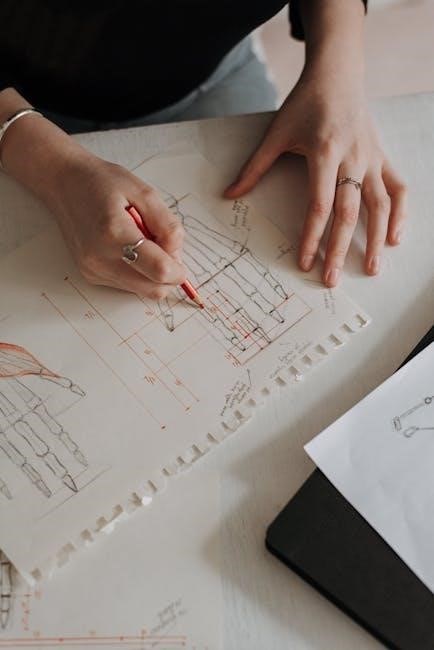
Wearing Instructions
This section details how to wear your Lillebaby carrier in various positions. Always ensure proper fit and baby’s safety. Refer to illustrations and videos for clarity. Practice makes perfect!
Front Inward Carry
The front inward carry is a popular and comfortable position for newborns and younger babies. Start by adjusting the carrier’s seat to the narrow setting for optimal support. Ensure the baby’s legs are in the “M” position‚ with knees higher than their bottom‚ promoting healthy hip development.
Position the waist belt snugly around your waist‚ ensuring it sits above your hips. Bring the baby close to your chest‚ facing you. Secure the shoulder straps‚ adjusting them for a snug but comfortable fit. Make sure the baby’s airway is clear and their face is visible at all times.
For newborns‚ consider using an infant insert to provide additional head and neck support. Always monitor your baby for signs of overheating or discomfort. Regularly check the buckles and straps to ensure they remain securely fastened throughout the carry. This position allows for close bonding and easy monitoring of your little one.
Remember to consult the Lillebaby website for video demonstrations and additional tips on achieving the perfect front inward carry.
Front Outward Carry
The front outward carry offers a different perspective for your baby‚ allowing them to explore the world around them. However‚ it is crucial to ensure your baby has strong head and neck control before attempting this position‚ typically around 6 months of age.
Adjust the carrier seat to the wide setting to provide ample support for your baby’s developing hips. Position the waist belt comfortably around your waist and securely fasten the buckles. Carefully place your baby in the carrier‚ ensuring their arms are free and their legs are straddling the seat.
Fasten the shoulder straps‚ adjusting them for a snug fit that distributes the baby’s weight evenly across your shoulders. Monitor your baby closely for signs of overstimulation or fatigue‚ as this position can be more stimulating than the inward carry.
Limit the duration of front outward carries to shorter periods‚ gradually increasing the time as your baby gets accustomed to it. Always be mindful of your baby’s comfort and adjust the carrier as needed. Regularly check all buckles and straps for secure fastening. Discontinue use if your baby shows any signs of distress or discomfort. This position is excellent for short outings and allowing baby to see the world.
Back Carry
The back carry position is suitable for older babies and toddlers who have strong head and neck control. This position allows for greater freedom of movement for the wearer while still keeping the child close and secure. It is generally recommended to start back carries around 6 months of age‚ but always assess your child’s developmental readiness.
Before attempting a back carry‚ practice in front of a mirror or with the assistance of another person. There are several methods for getting your child into the back carry position. One common technique involves positioning the child on your hip‚ then carefully rotating them around to your back while supporting them securely. Another method involves placing the carrier on your waist and gently lifting the child over your shoulder and into the carrier.
Ensure the child is seated deeply in the carrier with their legs straddling your torso. Fasten all buckles and adjust the straps for a snug and secure fit. Pay close attention to the shoulder straps‚ ensuring they are not digging into your shoulders or causing discomfort. Regularly check the child’s positioning and adjust the carrier as needed. Always be aware of your surroundings and avoid activities that could pose a risk to the child. Never leave your baby unattended in the back carry position.
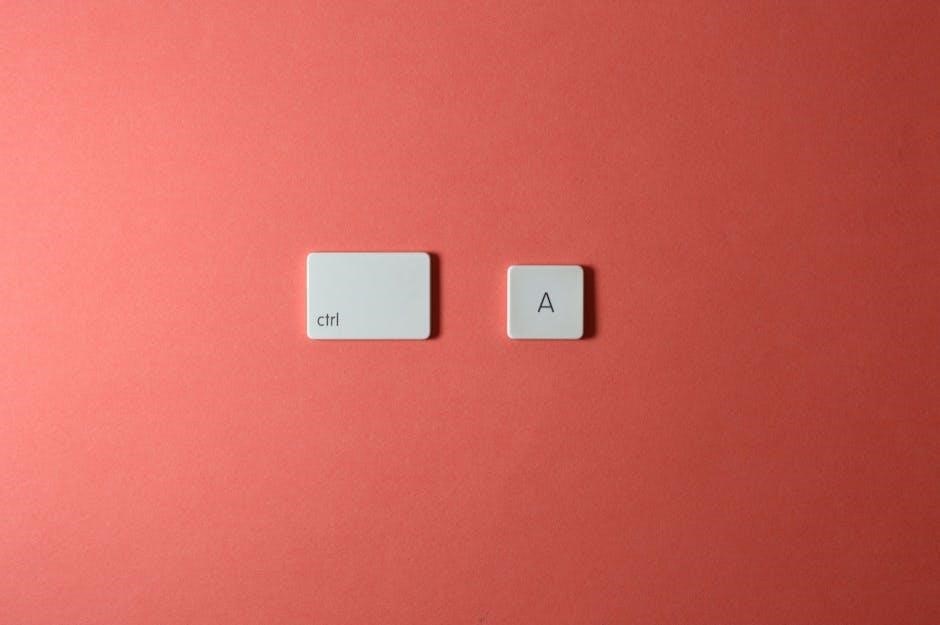
Safety Guidelines and Warnings
Prioritize your child’s safety by adhering to these crucial guidelines while using your Lillebaby carrier. Always read the entire instruction manual before use and familiarize yourself with all features and adjustments. Regularly inspect the carrier for any signs of wear and tear‚ such as ripped seams‚ damaged buckles‚ or frayed straps. Discontinue use immediately if any damage is detected.
Ensure that all buckles‚ snaps‚ and adjustments are securely fastened before each use. Never use the carrier if any parts are missing or damaged. Always support your baby with one hand while adjusting the carrier or changing positions. Be aware of your surroundings and avoid activities that could pose a risk to your child‚ such as cooking‚ using heavy machinery‚ or participating in sports.
Ensure the baby has enough space to breathe and is not positioned in a way that restricts airflow. Monitor your baby frequently to ensure they are comfortable and not overheating. Never leave a baby unattended in the carrier. Be mindful of the child’s posture and ensure proper hip positioning. Discontinue use if you experience back pain or discomfort. It is essential to follow these safety measures diligently to provide a secure and enjoyable babywearing experience.
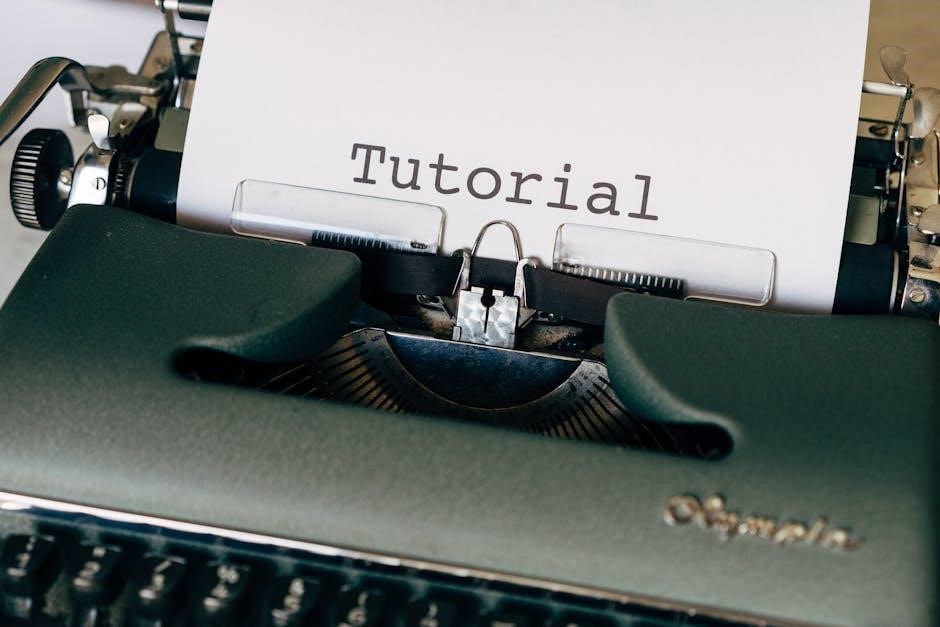
Care and Maintenance
To keep your Lillebaby carrier in optimal condition‚ regular cleaning and maintenance are essential. Following the provided washing instructions will help extend the lifespan and ensure ongoing safety for your baby.
Washing Instructions
Maintaining the cleanliness of your Lillebaby carrier is crucial for your baby’s hygiene and the carrier’s longevity. Before washing‚ always fasten all buckles and ensure any hook and loop closures are secured to prevent snagging. Machine wash your Lillebaby carrier in cold water on a gentle cycle‚ using a mild detergent.
Avoid using bleach or fabric softeners‚ as these can damage the fabric and compromise the carrier’s integrity. For best results‚ line dry your carrier. Tumble drying on low heat is permissible‚ but line drying is preferred to preserve the color and shape. Ensure the carrier is completely dry before use.
Regularly inspect your carrier for any signs of wear and tear‚ such as ripped seams or damaged buckles. Address any issues promptly to maintain safety. Spot clean minor stains with a damp cloth and mild soap. With proper care‚ your Lillebaby carrier will provide years of comfortable and secure babywearing.



